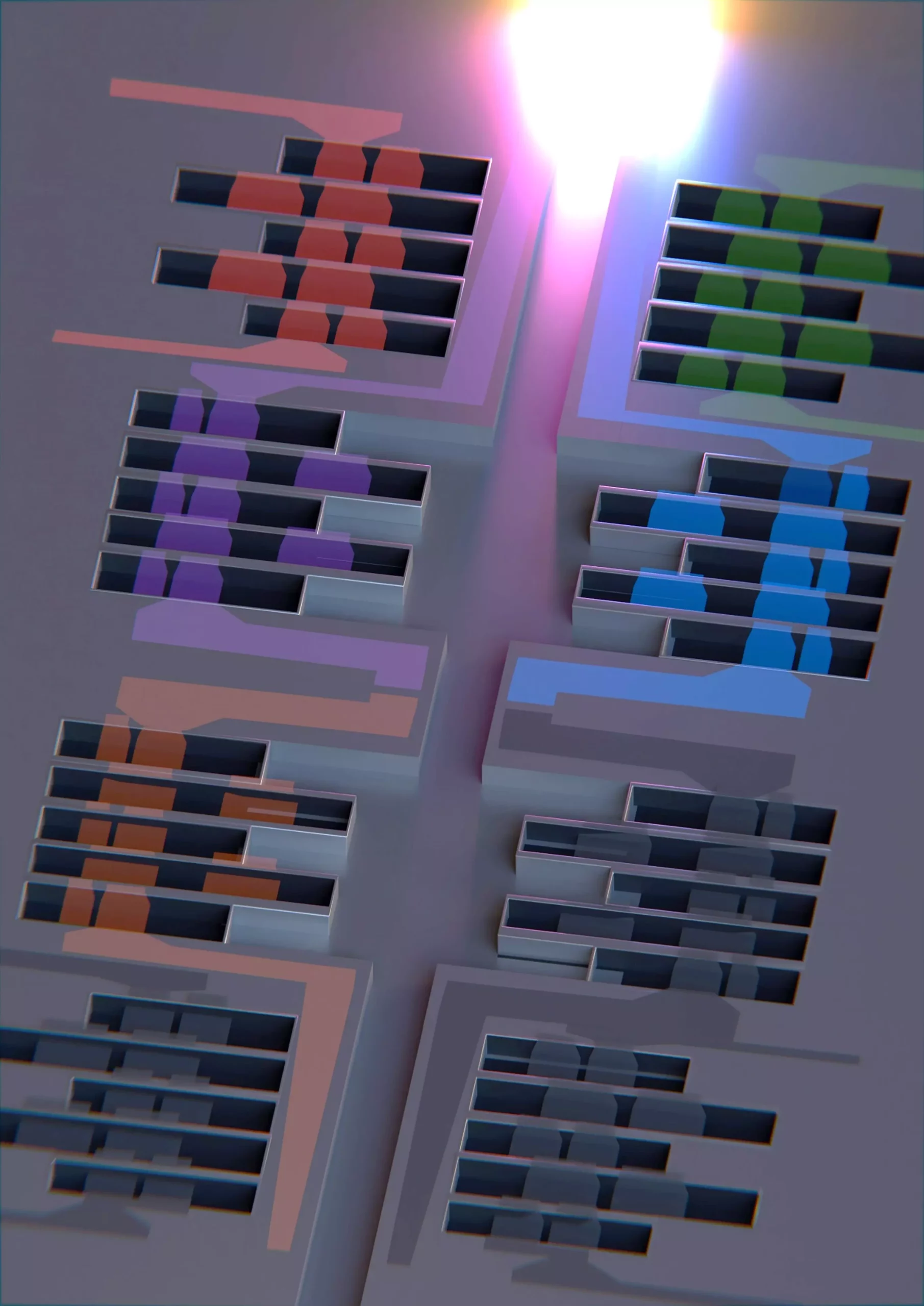A groundbreaking method developed by scientists at the University of Florida has the potential to revolutionize the world of wireless communication. The innovative approach, featured in the prestigious journal Nature Electronics, involves the use of semiconductor technology to manufacture processors that vastly enhance the efficiency of transmitting large amounts of data globally. Traditionally, wireless communication has relied on planar processors, limited by their two-dimensional structure. However, the new UF-designed processors transition from planar to three-dimensional, marking a significant advancement in data transmission technology.
Roozbeh Tabrizian, Ph.D., an associate professor at UF’s Department of Electrical and Computer Engineering and the leader of the research team, emphasizes the importance of this breakthrough in the evolution of wireless communication. The ability to transmit data more efficiently and reliably not only meets the increasing demand for seamless connectivity but also opens doors to new possibilities in various sectors such as smart cities, remote healthcare, and augmented reality. With the world becoming increasingly reliant on real-time data exchange, the new three-dimensional processors offer compactness and efficiency like never before.
As the demand for data transmission continues to rise with the advent of AI and autonomous devices, the limitations of planar processors become more apparent. The current infrastructure can only handle a certain level of data traffic, similar to how traffic flows in a city are managed. To address this challenge, the UF researchers use CMOS technology to build the three-dimensional nanomechanical resonator, enabling the integration of different frequency-dependent processors on the same chip. This innovative approach not only enhances performance but also allows for scalability to accommodate growing demands.
David Arnold, associate chair for faculty affairs in the Department of Electrical and Computer Engineering, highlights the significance of this new approach in wireless communication. The ability to integrate different frequencies on one monolithic chip opens up a realm of possibilities for designers to envision entirely new communication strategies in an increasingly congested wireless world. With the new multi-band, frequency-agile radio chipsets, wireless devices are expected to work better, faster, and more securely. The future of wireless communication seems brighter than ever with the potential for enhanced connectivity and efficiency.
The pioneering work of the researchers at the University of Florida in developing three-dimensional processors for wireless communication signals a new era in data transmission technology. The innovative use of semiconductor technology and CMOS fabrication processes has paved the way for more efficient and reliable data transmission, addressing the challenges posed by the increasing demand for connectivity. This breakthrough not only enhances performance but also offers scalability and opens up new possibilities for communication strategies in a rapidly evolving digital landscape. The future of wireless communication is looking more promising than ever before.


Leave a Reply